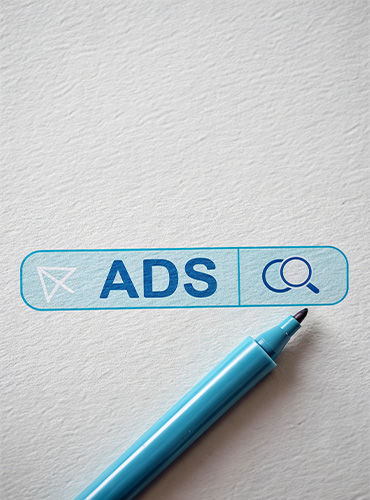
Businesses that wish to create marketing strategies that directly address their target demographic must first create customer personas. These personas concentrate on the particular habits, inclinations, and objectives that influence how customers engage with your business; they go beyond simple demographics. Businesses may make better decisions regarding product creation, customer service, and sales tactics by knowing these distinctive characteristics. They can also match their marketing campaigns with the interests of their target audience. By ensuring that every consumer feels seen, understood, and appreciated, persona creation enables highly customized communication that increases conversion rates and cultivates client loyalty.

1. Define Your Objectives and Why Personas Matter
Establishing clear objectives is essential before starting the data collection process for developing client personas. Are you trying to increase customer service, create better goods that satisfy consumer wants, or make your marketing initiatives more effective? You may make sure that the data you collect is directly related to your needs by defining your goals up front. With this emphasis, you may create personas that are in line with corporate objectives, making them useful instruments for improving customer experience, product strategy, or targeted marketing.
2. Gather and Analyze Customer Data
The foundation of any strong persona is accurate data. Begin by looking at your existing customers, using internal data sources like CRM systems, email lists, and website analytics. Consider:
- Demographic Data: Age, gender, income, education, location.
- Psychographics: Interests, values, lifestyle, behavior.
- Customer Feedback: Interviews, surveys, or reviews to understand pain points, needs, and motivations.
3. Identify Common Patterns
After you’ve gathered enough information, it’s time to delve further and find trends in the characteristics and behavior of your clients. Look for similarities between various groups, such as age, wealth, lifestyle, or certain behaviors that influence decisions to buy. For instance, do your customers favor certain characteristics in a product or do they buy more from you throughout distinct seasons? You may develop personas that represent the particular requirements, objectives, and problems of each audience segment by breaking your audience up into discrete groups. This will enable you to develop tactics that are both targeted and customized.
4. Create Detailed Personas
Each persona should feel like a real person, so give them names, backgrounds, and detailed characteristics. Include:
- Name and Photo: Humanize your persona by giving them a name and an image.
- Demographics: Age, job title, income, family status, etc.
- Pain Points: Specific problems your persona faces that your product or service can solve.
- Goals: What does the persona want to achieve? These goals will guide your strategy to meet their needs.
- Behavior: How does your persona typically behave online? What platforms do they use, and what type of content do they engage with?
5. Map Their Customer Journey
Understand where your personas are in their buying journey—awareness, consideration, or decision. Tailor content and messaging to meet their needs at each stage. For example:
- Awareness: Educate and provide solutions to problems.
- Consideration: Offer detailed product descriptions, comparisons, and testimonials.
- Decision: Provide strong calls to action, demos, or trials to push them toward conversion.
6. Validate Your Personas
To make sure your personas accurately represent reality, it’s essential to validate them with real customers after you’ve built them. This can entail asking your audience directly for input through surveys or one-on-one interviews. You may determine whether your character accurately reflects their interests, behaviors, and pain spots by comparing their answers to its attributes. Be adaptable and prepared to change course in response to fresh information. As consumer demands and industry dynamics change, you must constantly improve your personas to make sure your tactics are still applicable and successful.
7. Use Personas to Guide Marketing and Product Strategy
With validated personas, use them to inform every aspect of your business:
- Marketing Campaigns: Tailor content, ads, and outreach to each persona.
- Product Development: Focus on features and solutions that resonate with your key personas.
- Customer Support: Train customer service teams to anticipate needs and provide personalized support.
8. Review and Update Regularly
Technology, business dynamics, and consumer behavior are all changing quickly. To remain current and make sure your company is still able to satisfy the changing needs of your clients, update your personas on a regular basis. Make sure personalities are still relevant to your target audience by reviewing them at least once a year.
Creating a consumer persona is a continuous process that calls for constant attention and modification. Your personality should adapt to changing consumer preferences and market conditions. Maintaining your personalities in line with the changing demands of your audience may be achieved by regularly collecting consumer feedback, keeping an eye on new trends, and doing data analysis. Your marketing initiatives will remain engaging, tailored, and relevant thanks to this iterative strategy, which also helps you build stronger relationships with your target audience. Your tactics for fostering enduring relationships and promoting steady growth will be more successful the more precisely you define and update your personas.




